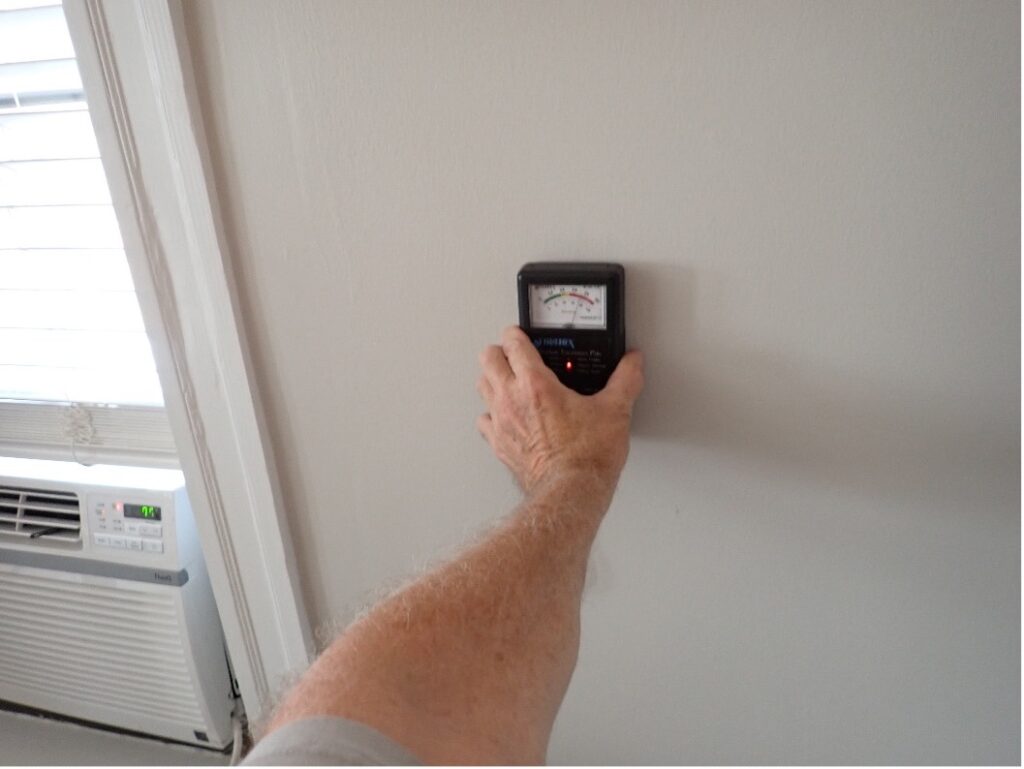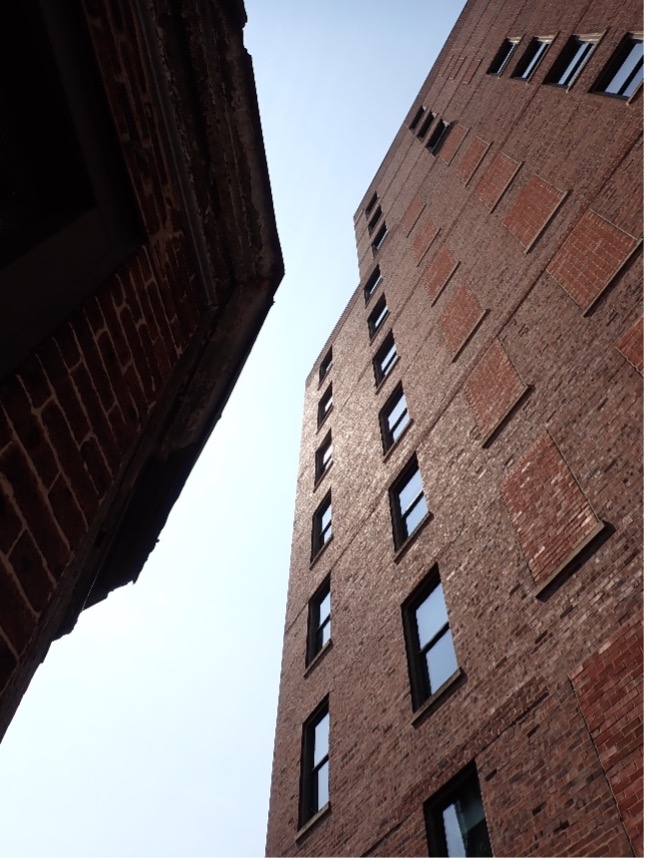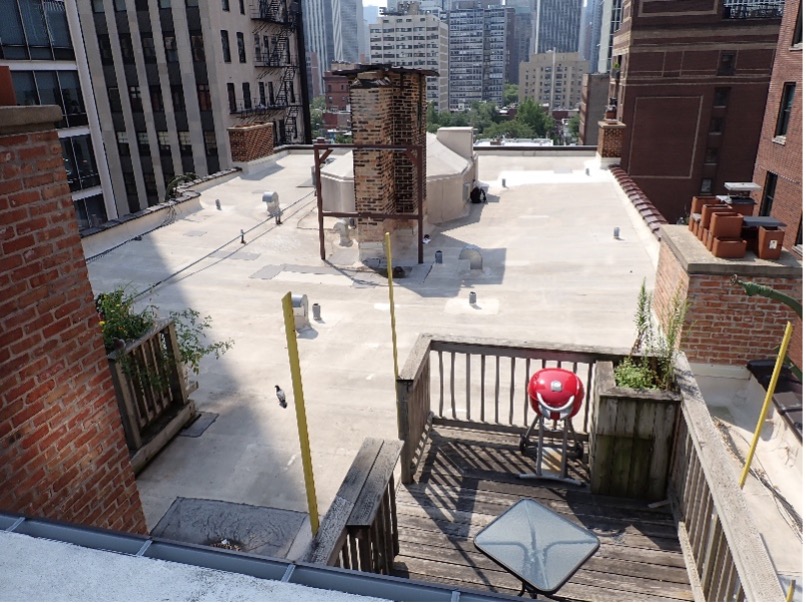As we are experiencing the final warm days of summer, I was reminded of moisture problems that can occur even during warm dry conditions. I was recently performing a Property Condition Assessment on a multi-story condominium building and discovered several moisture related problems that were most likely related to heat and temperature differentials.
One of the upper-level unit owners had indicated that he had been noticing a musty smell in his unit during the summer and decided to start running a dehumidifier. He now finds that he typically extracts significant quantities of moisture, equivalent to what might be experienced in a basement during a typical summer. Humidity levels were measured in the exterior and interior walls and it was found the exterior walls had elevated levels of humidity, equivalent to what might be experienced in below grade conditions which suggests that moisture is accumulating on the interior cavities of the external walls.


Most likely this condition is caused by a stack effect in the walls where warm air rises to the upper levels via open cavities in multi-wythe masonry walls. This condition is exacerbated by having exposed wall areas being heated by the sun on the southern and western exposures. This warm rising air interacts with the cold temperatures of the interior walls that are being cooled by air conditioning. The extreme temperature differentials result in the formation of condensation on the interior surfaces.
In order to reduce the potential for the formation of this moisture, it is typically necessary to find a means to ventilate the parapet walls. The need to remove this built-up heat is discussed at length in an excellent online article that can be found at the following link: https://asiri-designs.com/f/should-you-vent-a-parapet-wall-its-complicated
The other source of moisture that was found in the building was also in one of the upper-level units and it was related to the HVAC ductwork that was found in the attic spaces that exist above those units. Attic temperatures in these areas can soar during the summer months and during exceptionally warm conditions, residents typically run their air conditioners more resulting in extremely cold interior ductwork temperatures.
As the temperature differentials between the air in the attic and surface of the ducts increases, the potential for the formation of moisture increases and moisture was found in the insulation surrounding the ductwork.


Resolving this condition can be complicated as there are a number of potential sources for the formation of this condensation, however, the key to understanding this and any related problem is basic science. Cold air does not hold as much moisture as warm air does and when moisture-filled warm air interacts with colder surfaces, the dew point is reached and moisture forms on these surfaces.
Persistent moisture can result in the formation of mold and fungi and prolonged moisture exposure can damage numerous types of surfaces. This persistent moisture can also result in negative air quality that can affect people that are sensitive to these molds.
Correcting these conditions will require an HVAC professional that has an extensive knowledge of HVAC systems as it can be related to not only a lack of insulation, but also ductwork configuration, duct leakage and/or mechanical issues with the HVAC system. In order to better understand how this condition occurs and potential remedies, here is a link to an excellent online article: LINK
As we approach winter, the reverse condition can occur in areas where heat is escaping into locations where colder surfaces are encountered. Typically this is in attic areas and unless there is sufficient insulation and/or ventilation, condensation can form on the interior roof surfaces.

In older structures, like this one, this may not be as problematic as there is typically sufficient air leakage in the attic space so there is no heat build-up. However, these structures also typically have little to no insulation and can be extremely inefficient.
If it is decided to improve energy efficiency in the structure, care must be taken to perform proper air sealing on all wall areas that intersect attic spaces as well as any lighting fixtures that may be leaking air into the attic space. The attic should then be insulated to an EPA recommended R-49 level and an appropriate number of properly sized vents should be added so that any trapped heat can be released and evaluation and remediation by a qualified insulation specialist is recommended.
